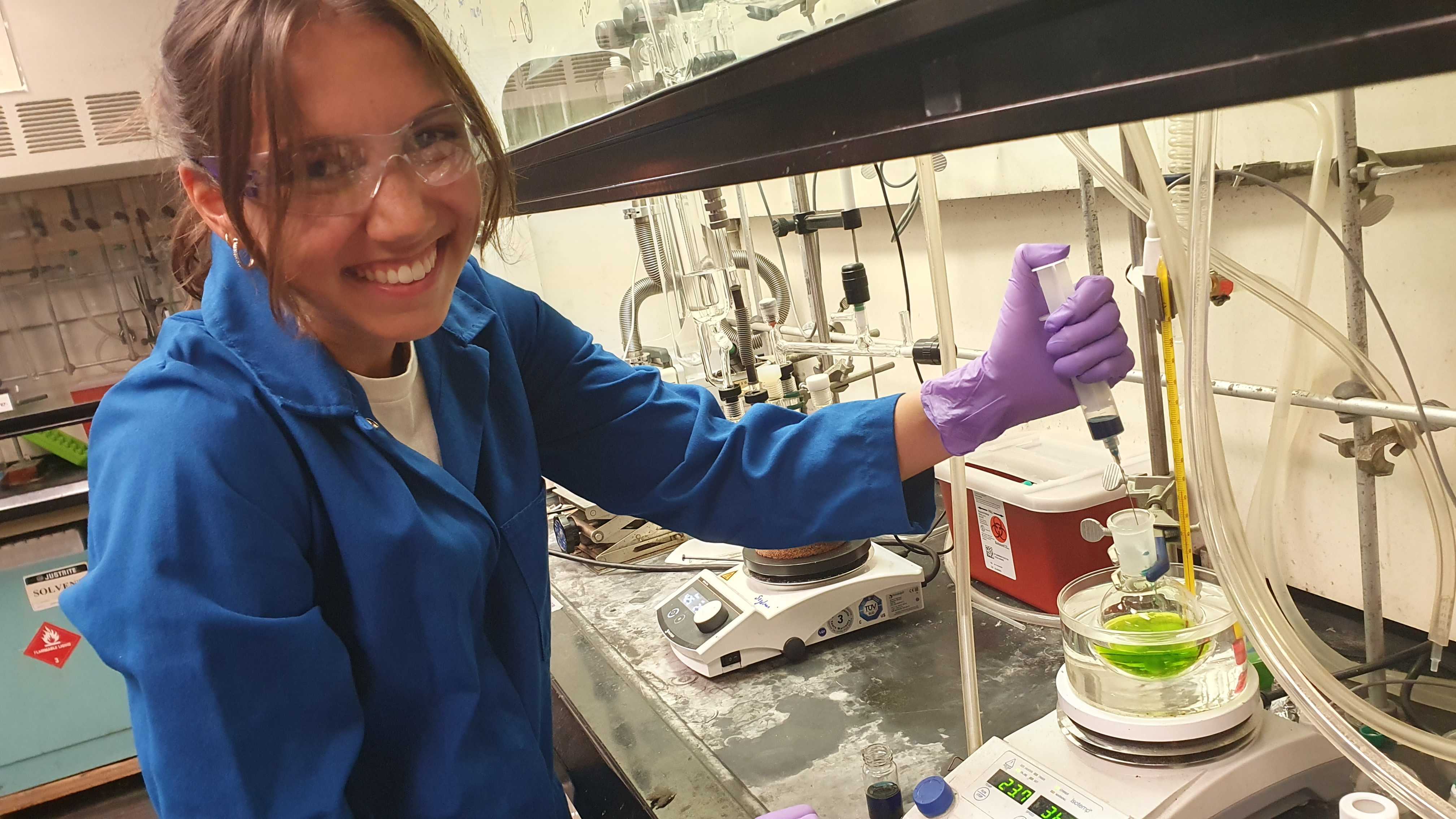
The growing prevalence of acrylic adhesives in everyday objects has highlighted the importance of optimizing their properties while minimizing polymer volume. Despite their ubiquity, the chemistry of adhesives has not yet been optimized with regards to material properties. Traditional pressure sensitive adhesives (PSAs) are based largely on lightly crosslinked poly-n-butyl acrylate. Recent simulations have shown crosslink chemistry is critical to PSA performance. This study explores the effect of crosslinker chain length on material properties. Using controlled radical addition fragmentation chain transfer (RAFT) polymerization techniques previously established by the Bates group, I synthesized a randomly crosslinked acrylic PSA based on the traditional n-butyl acrylate with a small amount of a novel functional monomer, norbornene methyl acrylamide. This unique monomer facilitates on- demand crosslinking with a diversity of dithiols through a facile thiol-ene click reaction. Once synthesized, the polymer was used to cast different samples using 1,2-ethanedithiol, 1,5- pentanedithiol, and 1,10-decanedithiol as crosslinker agents. This range from two up to ten carbon linkers provided a diversity of molecular weights between crosslinkers, allowing us to assess our hypothesis: higher molecular weight will decrease the polymer modulus and increase adhesive strength. Adhesive and cohesive strength of the samples were assessed through 180 degree peel and lap shear tests, respectively. The data suggests that crosslinkers follow the “Goldilocks’ Principle”, wherein an ideal number of carbons present in the crosslinker maximizes adhesive properties. Among the crosslinkers tested, 1,5-pentanedithiol exhibited the highest adhesive strength while 1,10-decanedithiol yielded the weakest. 1,10-decadedithiol had the highest cohesive strength, however 1,5-pentanedithiol had similarly high values. These results shed light on the importance of crosslinker selection for achieving optimal adhesive properties. Further studies using alternative crosslinker types could provide valuable insights for practical applications in the design of everyday objects that rely on the use of acrylic PSAs.